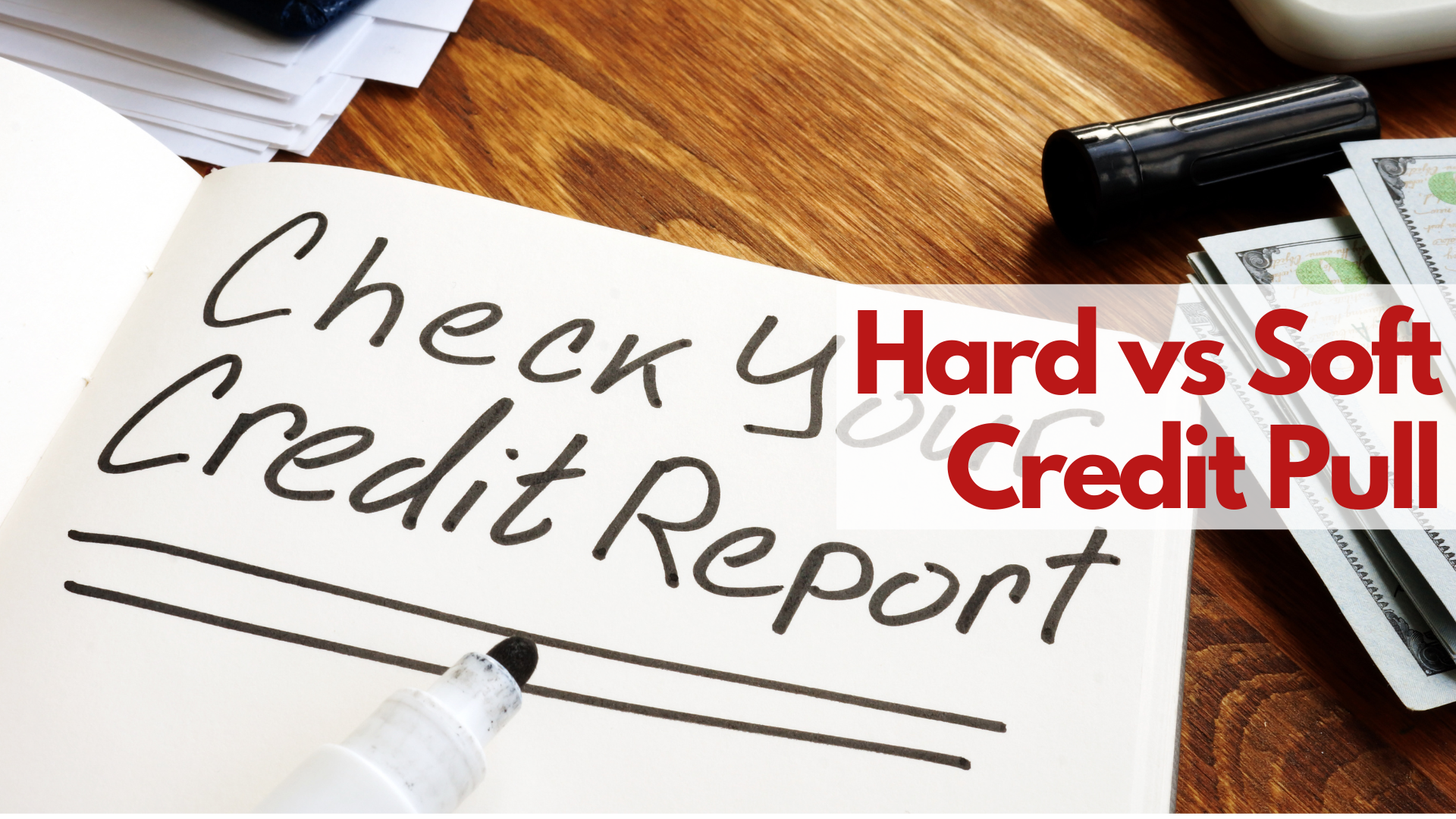… The Unsung Art of Soldering for a Watertight Home”
When you’re helping a client buy a home—or you’re a homeowner tackling a small plumbing fix—sometimes you get hands-on with the little things that make a big difference. Ever tried soldering a brass fixture onto a copper pipe? If you have, you know it’s not just a matter of heating and sticking. The type of flux you use can make or break your seal. And since that connection directly affects the water that runs through your home, getting it right matters for both performance and health.
Before we roll up our sleeves, here’s what I’ll cover:
Choosing Between Petroleum-Based and Water-Based Flux
Understanding What “Potable” Really Means
How to Properly Flush the Plumbing After Soldering
A Real-Life Example: When a Leaky Joint Teaches a Lesson
How Realtors and Clients Can Use This Knowledge
It’s Not All PEX Out There
Even though today’s homes are gleaming with sleek manifolds and easy-click PEX systems, there’s still something timeless—and necessary—about knowing how to solder. Sure, most modern builds (I said modern, not better… don’t get me started!) have swapped copper for flexible tubing (read plastic), but there are moments when you still have to pull out the torch, the flux, and that old-school plumber’s confidence.
Whether you’re replacing a brass bathtub downspout or tying a new PEX line into an existing copper system, soldering remains a vital skill—one that connects old craftsmanship with modern convenience.
Choosing Between Petroleum-Based and Water-Based Flux
When you’re soldering a brass fitting onto a copper pipe, the type of flux you use can mean the difference between a strong, reliable joint and a frustrating redo.
A petroleum-based flux—the classic plumber’s paste—is usually the better choice for this kind of job. Why? Because brass needs more heat to get to soldering temperature, and petroleum-based flux can take that heat like a champ. It won’t burn off too early (and hence won’t seal), and it keeps protecting the metals from oxidation while you work.
On the other hand, water-based flux is gentler, cleaner, and easier to rinse away. But it’s better suited for copper-to-copper jobs where temperatures don’t run as high. When it dries out or burns, it stops working—and that’s when oxidation sneaks in, keeping your solder from flowing evenly.
Think of it like this: petroleum-based flux is your heavy-duty workhorse, while water-based flux is your neat and tidy finisher.
Understanding What “Potable” Really Means
You’ve probably heard the term potable water tossed around by home inspectors or builders. “Potable” simply means safe to drink—free from harmful contaminants, chemicals, or residues.
When you’re soldering near drinking water lines, it’s not just about a good seal; it’s about ensuring that the flux you used doesn’t leach into the water and compromise its quality. Some fluxes, especially older petroleum-based ones, can leave traces that affect water taste or safety if not flushed out properly. That’s why cleanup is just as important as the soldering itself.
How to Properly Flush the Plumbing After Soldering
Once your soldering is done and the fittings are cool, it’s time to clear out any leftover flux. Here’s how to do it the right way:
- Turn on the cold water first. Start by running cold water through the newly soldered line for at least 5–10 minutes. This pushes out any flux residue or solder dust that may have entered the pipe.
- Flush the hot water line separately. If the repair involved a hot water pipe, let the water heater refill and reheat, then run that tap for a good 5 minutes as well.
- Check for clarity and odor. Water should run clear, with no oily film or chemical smell.
- For petroleum-based flux: You may need to flush a bit longer—sometimes 15–20 minutes—because the residue is thicker.
- For water-based flux: A shorter flush usually suffices, but don’t rush it. Even minimal residue can affect taste and safety.
If you want to be thorough, run both taps (hot and cold) at the same time to ensure the entire line is clean and that fresh, potable water is flowing.
A Real-Life Example: When a Leaky Joint Teaches a Lesson
A client once called me, panicked, about a small leak behind their laundry room wall. The brass shutoff valve had been “fixed” by the previous owner using water-based flux. The joint looked fine—until the pressure and heat of daily use weakened it. When we opened the wall, the solder joint was barely hanging on.
The plumber who repaired it used petroleum-based flux this time, cleaned the joint properly, and re-soldered it with care. Not only did it hold perfectly, but after a thorough flush, the water ran clear and odor-free. That simple change turned a temporary fix into a long-term solution—and saved the homeowner from future headaches. However, most plumbers neglect to inform the home owner what type of flux they used, and what procedure they should follow to ensure water returns to potability. So if you get work done, ensure you ask or better yet, have them show you the flux they used to solder the joints.
How Realtors and Clients Can Use This Knowledge
If you’re a realtor, understanding little details like this can set you apart. When you walk into an inspection or renovation discussion, being able to talk about the quality of plumbing work shows clients you’re detail-oriented and truly invested in their home’s condition.
If you’re a homebuyer or homeowner, it’s peace of mind. You’ll know what questions to ask contractors and how to tell if a job was done properly. Flux type may seem like a minor detail, but it directly affects water safety, plumbing longevity, and resale value—three things any savvy homeowner or realtor cares deeply about.
Allen’s Final Thoughts
At the end of the day, the small stuff matters—especially when it comes to the systems that make a home comfortable, functional, and safe. Choosing the right flux and flushing your lines afterward is just good practice. It’s not glamorous work, but it’s what keeps your water potable and your home in top shape.
As a mortgage agent, my goal is to help you see the bigger picture. Homeownership isn’t just about getting a great rate—it’s about understanding what keeps your property sound and valuable for years to come. Whether you’re buying, renovating, or refinancing, I’m here to help connect you with the right professionals, resources, and financing solutions so that your dream home—and every pipe in it—runs exactly as it should.
So if you ever need guidance on how to make your next property purchase not just affordable but truly livable, let’s talk. Because a solid mortgage plan—like a well-soldered joint—holds everything together.












